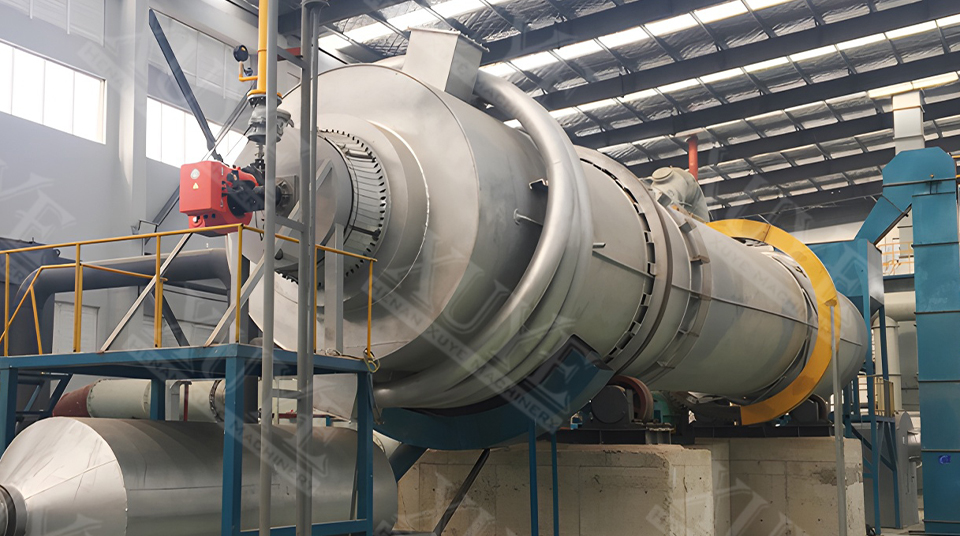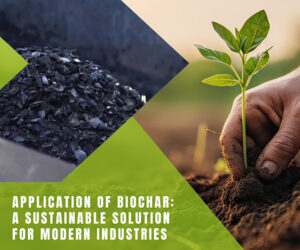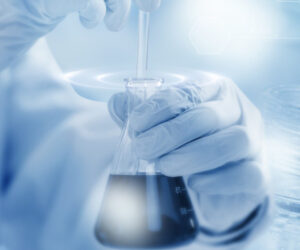화학 활성탄 생산 라인
The chemical production of activated carbon is a process of carbonizing and activating raw materials through chemical reactions. This method usually uses strong oxidizing chemical reagents, such as phosphoric acid, zinc chloride, sodium hydroxide, etc., to react with raw materials (such as coconut shells, wood, coal, etc.) to achieve the purpose of increasing the specific surface area and pore structure of carbon materials. Activated carbon produced by chemical methods has a higher specific surface area and better adsorption capacity, and is widely used in air purification, sewage treatment, food and beverage, medicine, and environmental protection.
Equipment for producing activated carbon by chemical methods usually includes the following key parts:

Chemical reactor: This is the core equipment in the chemical production process. The reactor is used to mix the raw materials with the chemical activator and react at a certain temperature and pressure to form the initial structure of the activated carbon.
Carbonization furnace: The raw materials that have undergone chemical reactions need to be treated at high temperature in the carbonization furnace, usually at a temperature of 400-800℃, to remove volatile substances and complete the carbonization process.
Activation furnace: The activation furnace is used to further enhance the pore structure of the activated carbon. By adding steam or other gases to the carbonized raw materials, physical changes are made to form a microporous structure and enhance the adsorption capacity.
Cooling equipment: The carbon material after carbonization and activation needs to be cooled to room temperature to avoid excessive temperature causing changes in the characteristics of the activated carbon. The cooling equipment usually uses water cooling or air cooling.
Grading and screening system: After the activated carbon is cooled, it needs to be graded by screening equipment to ensure that activated carbon of different particle sizes is obtained to meet the needs of different applications.
Packaging system: The graded activated carbon finally needs to be packaged for easy storage and transportation.
The advantage of the chemical method for producing activated carbon equipment is that its process is simple and can produce activated carbon with excellent adsorption performance, which is suitable for mass production. A lot of chemical reagents and energy will be consumed during the reaction process.
관련 권장 사항
-
코코넛 껍질 활성탄 기계
1410최신 열분해 및 증기 활성화 기술을 사용하여 효율적이고 에너지 절약적인 활성탄 생산 공정을 보장하는 당사의 고급 활성탄 가마 장비에 대해 알아보십시오. 그것은 물과 같은 많은 산업에 적합합니다 ...
세부 정보 보기 -
활성탄 로터리 킬른
1371최신 열분해 및 증기 활성화 기술을 사용하여 효율적이고 에너지 절약적인 활성탄 생산 공정을 보장하는 당사의 고급 활성탄 가마 장비에 대해 알아보십시오. 그것은 물과 같은 많은 산업에 적합합니다 ...
세부 정보 보기 -
Don’t know how to choose activated carbon? Choose the right one to double your efficiency!
679Pitfalls that 90% of companies have fallen into "An automotive accessories company in East China was ordered to stop and correct its illegal behavior and fined 180,000 yuan for misusing activated carbon with unqualified technical indicators and...
세부 정보 보기 -
The advantages of coconut shell activated carbon in gold refining, you will understand after reading this!
363Coconut shell activated carbon has high hardness and good wear resistance, which is suitable for long-term use. It is not easy to break in a stirring or flowing environment, reducing loss. Coconut shell activated carbon has a devel...
세부 정보 보기 -
바이오차 응용 분야: 현대 산업을 위한 지속 가능한 솔루션
1162바이오 숯은 바이오매스를 열분해하여 생산되는 친환경 소재로 토양 비옥도를 개선하고 오염 물질을 흡수하며 탄소 중립을 달성하는 데 도움이 됩니다.
세부 정보 보기 -
Chemical phosphoric acid activated carbon production process
998Phosphoric acid activation is a key technology for preparing highly porous activated carbon. This article explains in detail its production steps, phosphoric acid recovery methods and industry application cases.
세부 정보 보기
 허난 쉬예 기계 장비 유한 공사
허난 쉬예 기계 장비 유한 공사







